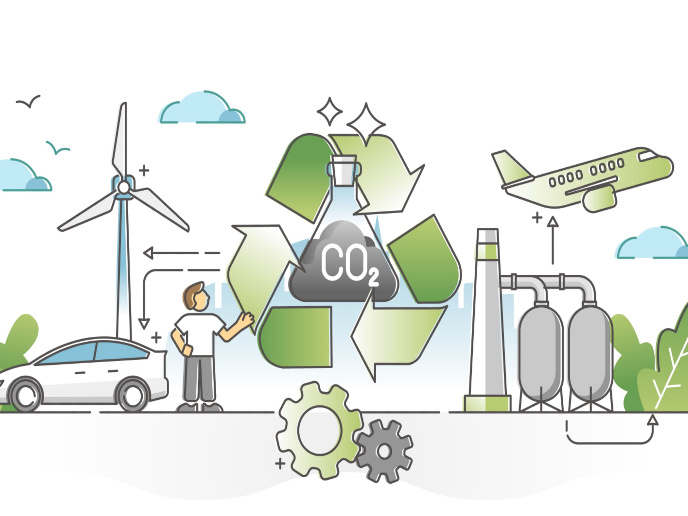Catalysing a change in energy production
Artificial photosynthesis has posed formidable technical challenges. Nature’s enzyme, photosystem II, facilitates the splitting of water to release molecular hydrogen and oxygen. In artificial systems, water can be oxidised on tailored metal oxide surfaces. However, photosystem II-mimicking catalyst optimisation in vitro requires previously lacking detailed information about the active sites on bulk oxides. Scientists made impressive progress by characterising novel and highly efficient catalysts for water oxidation with EU-funding of the project 'Water splitting catalysts for artificial photosynthesis' (H2OSPLIT). The focus was on recently synthesised inorganic ruthenium-containing polyoxometalate (Ru-POM) homogeneous catalysts that demonstrated unprecedented reactivity and stability in solution. Very little was known about their electronic and structural properties. With extensive theoretical and simulation work, H2OSPLIT successfully provided the much-needed atomic-level characterisation of the Ru-POM properties in the gas phase. They also successfully described the interaction of the ruthenium oxide active cores of the system with a water molecule. Classical molecular dynamics simulations revealed solvent - solute interactions for the catalyst in solution. Additional simulations revealed the mechanism of water oxidation. H2OSPLIT demonstrated that nano-sized Ru4-POM is a breakthrough catalytic system for water oxidation in artificial photosynthesis. Scientists correlated the local structure of active sites with the mechanism of reaction and its thermodynamic efficiency. Work has paved the way for rational design of improved molecular catalysts not only for artificial photosynthesis but for a host of other industrially relevant reactions as well.
Keywords
Artificial photosynthesis, catalyst, enzyme, photosystem II, metal oxide, active sites, water oxidation, ruthenium, polyoxometalate, simulations







